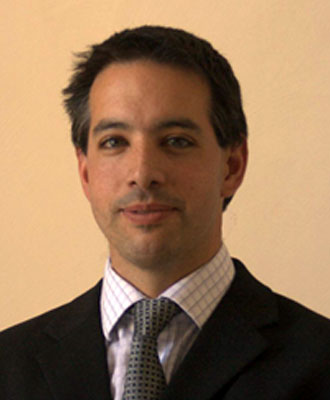Unless the capacity is exceeded, we will not respond to your email. Attendance is free, just bring along your lunch.
RSVP NOW for the next Microseismic User Group (MUG) event.
If you have any questions, please contact:
Paige Mamer, Paige.Mamer@tgs.com,
Johnny Wentzel, Johnny.Wentzel@esgsolutions.com
Abstract
The results from monitoring the stimulation of 4 wells using a sparse surface network of three-component instruments in a the western Canadian Montney formation are presented. In particular, we focus on the analysis of moment tensors obtained from the inversion of P and S-wave arrival amplitudes. The events partition into two groups separated by an aseismic gap, which correlates with the presence of a mapped fault. The largest group of events occurs near the wellbore, whilst the second group occurs to the north east. Throughout the entire data set we observe similar trends in terms of; event timing, relationship to stages, waveform characteristics and orientations, for both groups of events, which in turn is suggestive of a common causative mechanism for both groups.
The decomposition of computed mechanisms suggests that the sources are pure double-couple failures and that observed non-double couple components can be attributed to the influence of noise in the inversion process. The mechanisms are primarily dip-slip/horizontal-slip (DSHS) style sources with a consistent polarity, however, there are notable exceptions where the mechanism polarity is reversed. The existence of mechanism polarity reversals is shown to be robust through the analysis of station gathers.
The results illuminate several aspects for this style of faulting. In particular, the separation of event groups could be due to different material properties or the absence of suitable slip planes in the aseismic region. The implications of polarity reversals are also discussed. For example, a common interpretation of microseismic events is that that they are consequent of a pre-existing stress field and their movement is triggered through the reduction of normal stress on a discontinuity. However, the observation of polarity reversals from a common fault plane orientation is not compatible with this. Alternatively, the results could be interpreted as the interaction of the stress field associated with the hydraulic fracture. In other words as the hydraulic fracture grows it alters the stress state in the surrounding rocks, and as such creates favorable conditions for slip on weakness planes (such as bedding planes or joint surfaces) which would otherwise be stable.
Biography
Kit Chambers received a BSc from the University of Bristol in Geology and Masters in Geophysics from the University of Durham. Upon obtaining a PhD in global seismology from the Oxford University he then returned to the University of Bristol to carry of postdoctoral research with Prof. Mike Kendall developing techniques for the processing of surface microseismic data. Following his time at Bristol, Kit formed a small company (RockTalk Imaging) together with Stephen Wilson in 2010. Following the incorporation of RockTalk into Pinnacle-Halliburton in 2012 Kit served as technology leader for the surface microseismic group. He has been employed with the Nanometrics Oil and Gas division since early 2016.





